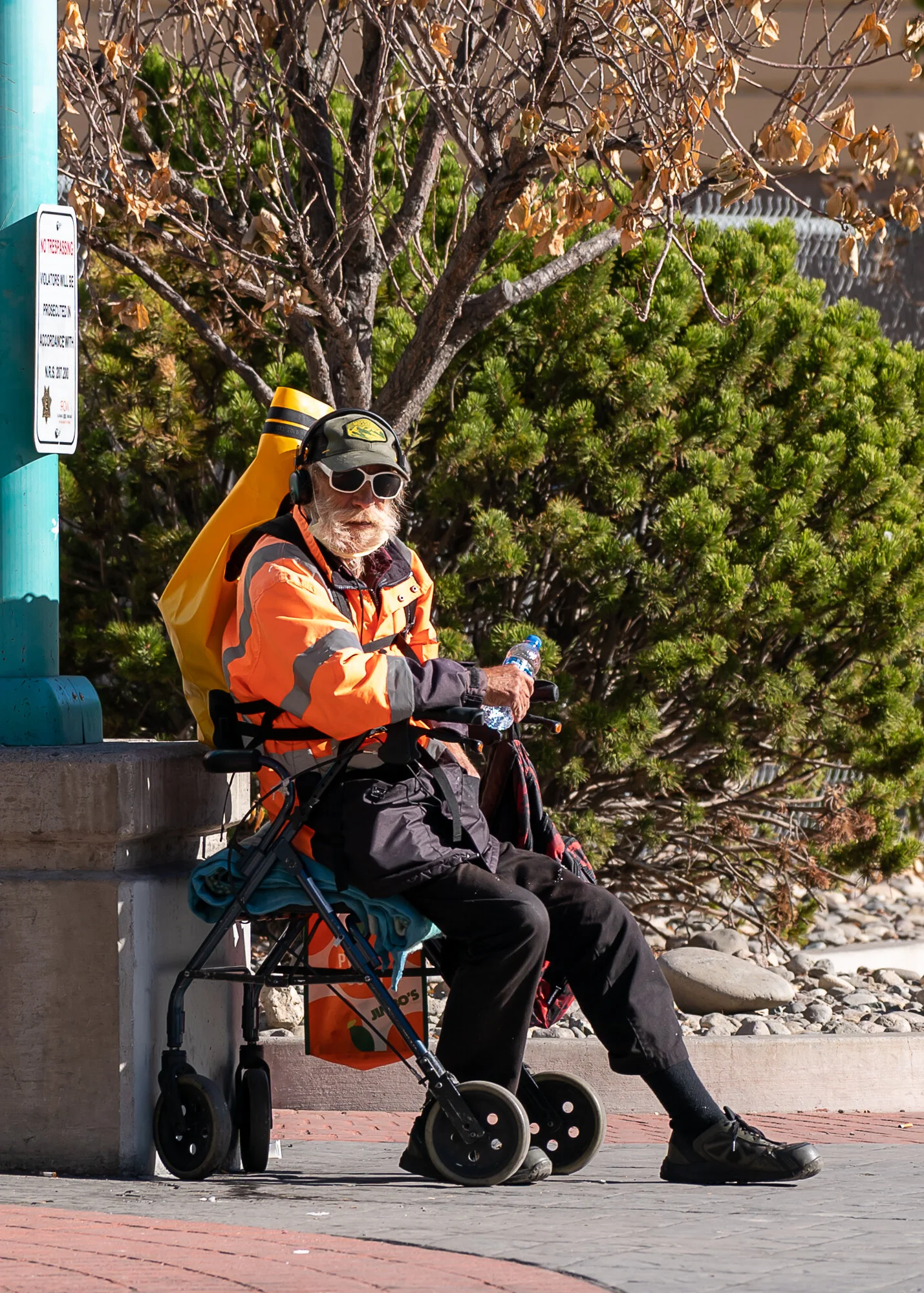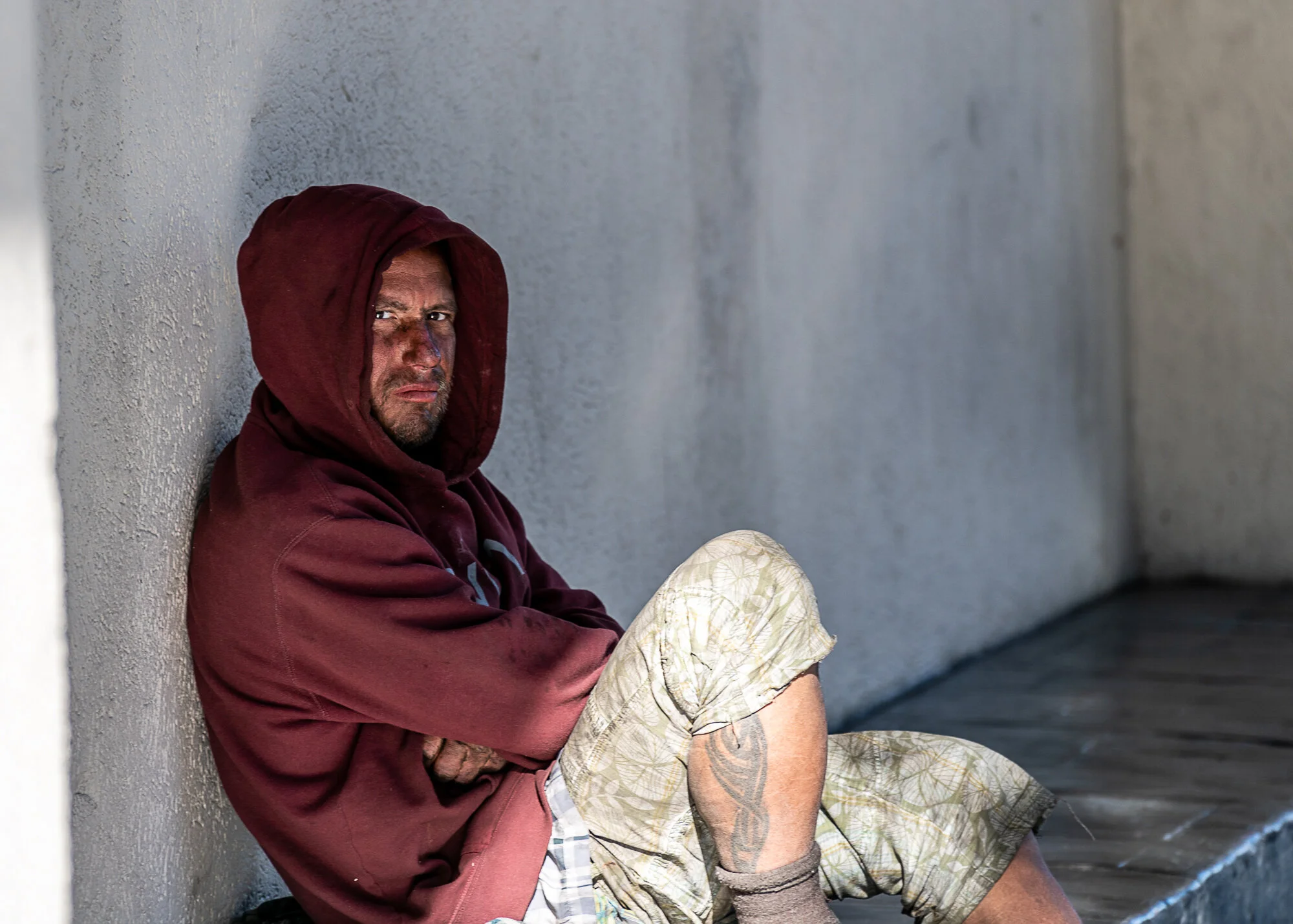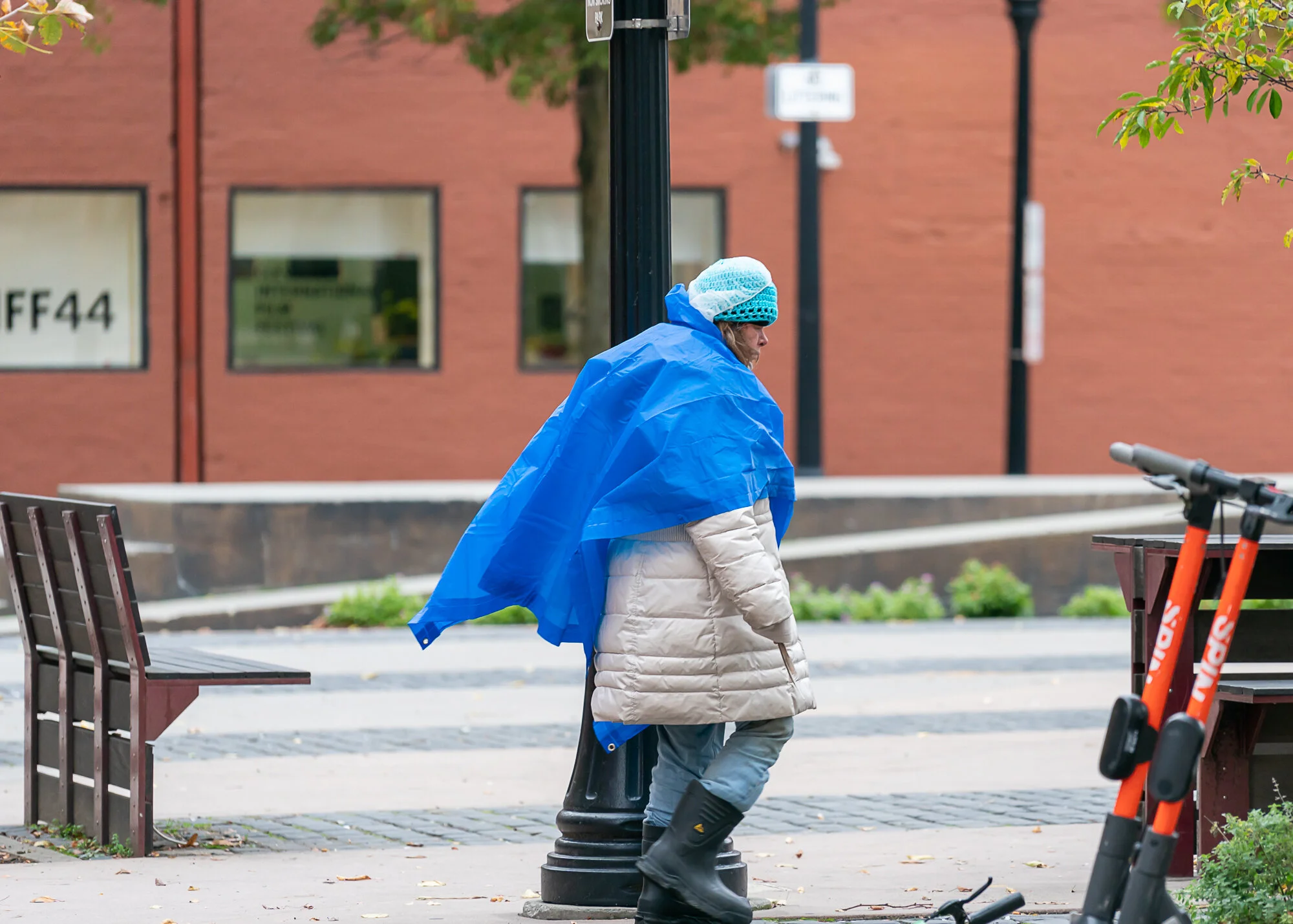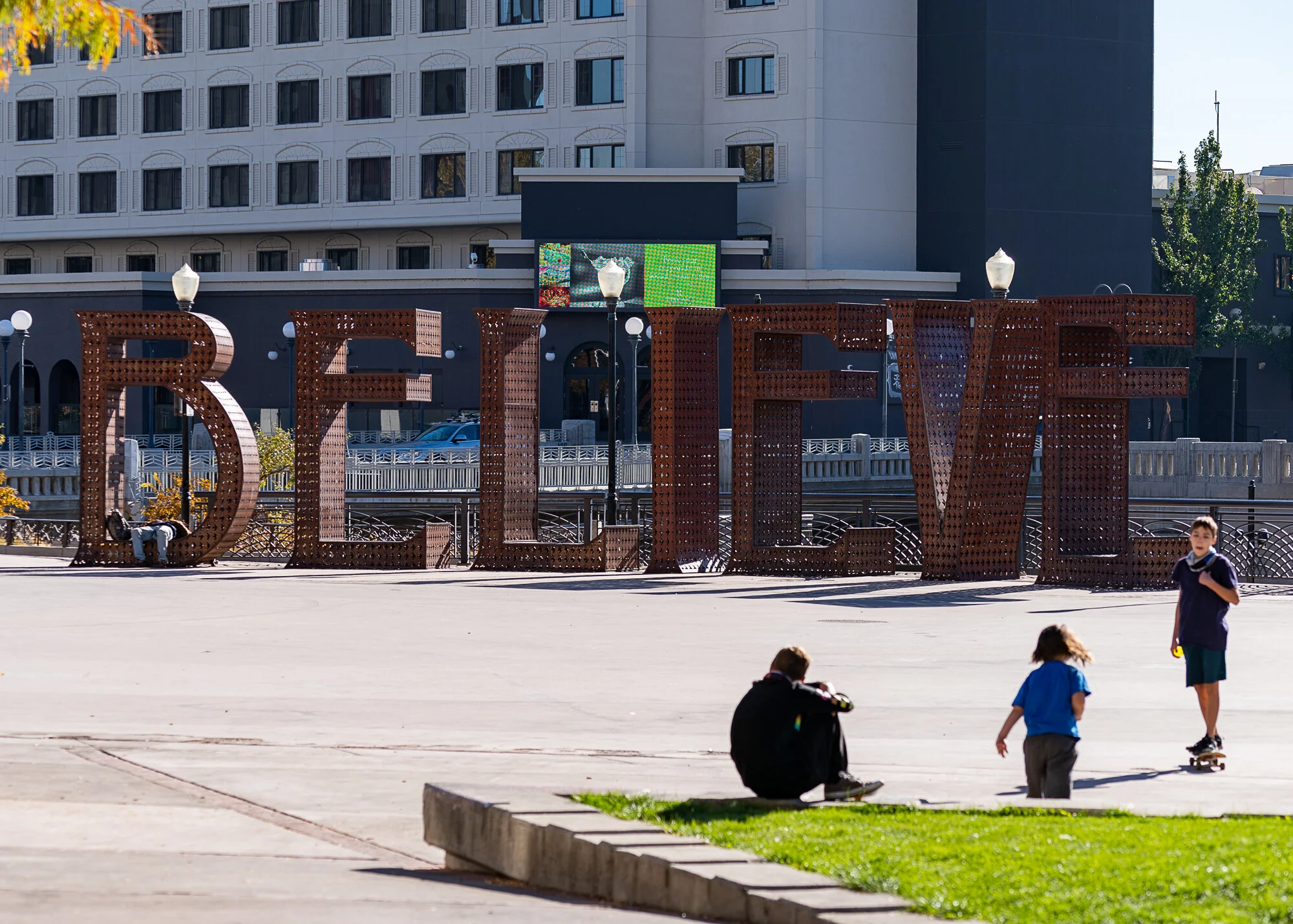Believe
Believe
What does abundance truly mean in a nation of profound contradictions? This question emerged unexpectedly during a period of intensive photographic observation as I traveled across the United States in the fall of 2020. I found myself increasingly drawn to a subject that seemed paradoxically invisible despite its prevalence in every city I visited: homelessness. While America debates its wealth and resources, thousands of people exist in plain sight yet remain largely unseen—a silent population desperately needing collective attention and care.
The fall of 2020 was a moment of exceptional political division and social upheaval. Our national conversation was consumed by partisan conflict, ideological battles, and an atmosphere of heightened tension that permeated every community. Yet, amid this electrified discourse, I couldn't help but notice the individuals sleeping on sidewalks, seeking shelter under bridges, and holding signs at intersections—human beings whose suffering seemed to exist outside our collective focus. The disconnect was striking: while we directed enormous emotional energy toward political division, vulnerable people remained invisible, their crisis unaddressed.
This observation became the foundation for a photographic investigation that challenges our understanding of abundance itself. My technical approach involved sustained documentary practice over five days, shooting prolifically—250+ images daily—to move beyond conscious editorial decisions and allow my instincts to guide what the camera captured. I traveled through multiple cities, photographing continuously and instinctively, creating a visual archive that revealed patterns I hadn't consciously recognized while shooting.
The editing process proved revelatory. When I culled through thousands of frames, a clear narrative emerged: despite having no predetermined theme, my lens had consistently found the homeless population in every location. Frame by frame, this documentary captured the pervasive crisis, making visible what our society has become skilled at overlooking.
My photographic methodology was deliberately observational and respectful, documenting from public spaces without exploitation or sensationalism. These images aren't meant to shock but to bear witness—to create a visual record that refuses to look away from uncomfortable realities.
This body of work, developed during my studies at Arizona State University, challenges the concept of "abundance" itself. We live in a nation of tremendous wealth and resources, yet abundance is distributed so unequally that people suffer and die on our streets while others walk past. These photographs ask uncomfortable questions: What would happen if we redirected even a fraction of our political passion toward collective care? What abundance could we create if we focused on our sick, our tired, our poor, instead of our divisions?



















